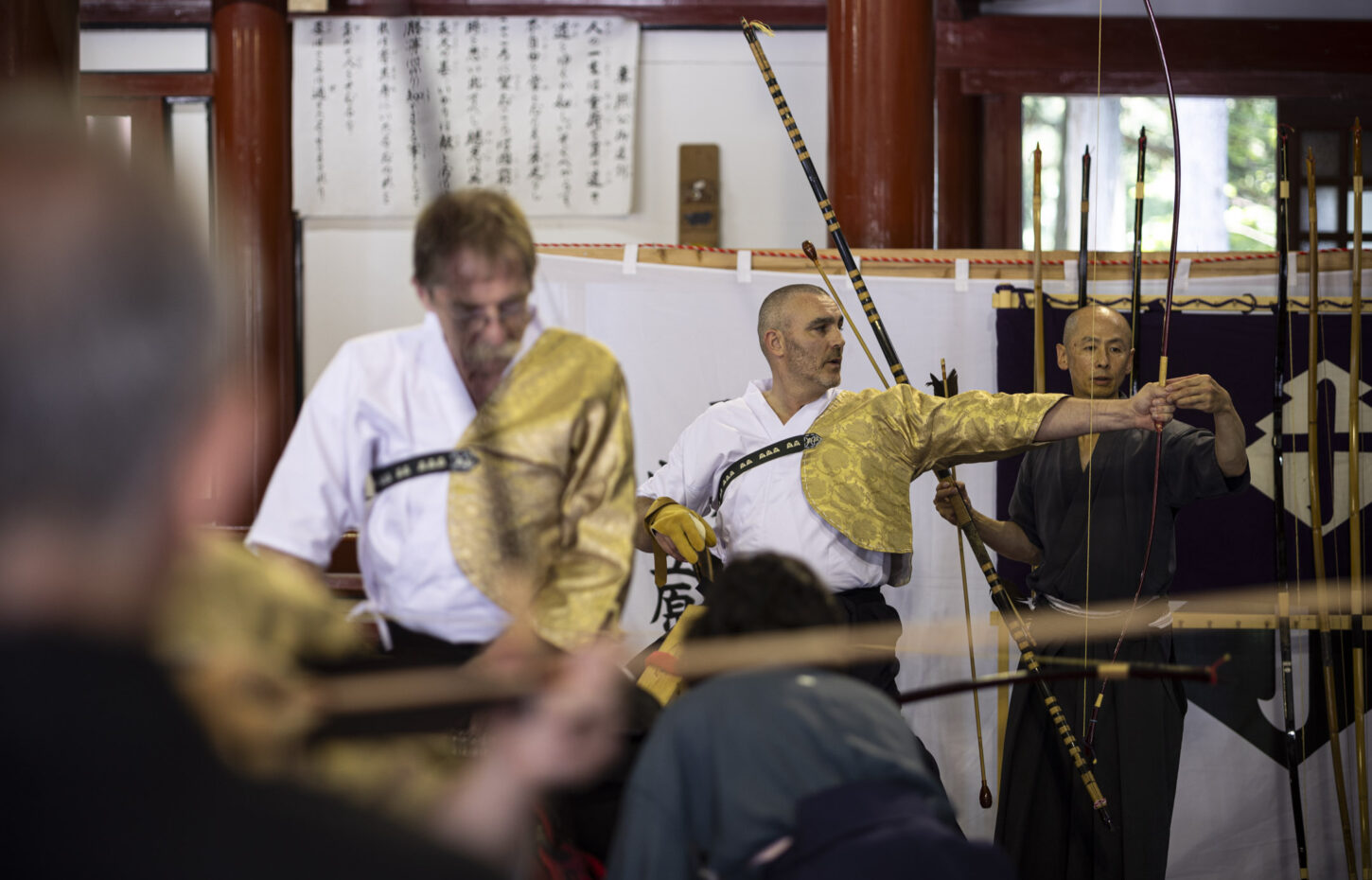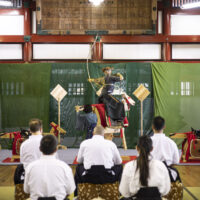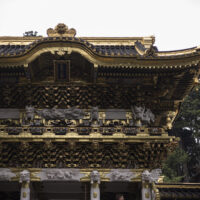Yomeimon: Gate to Japan’s Heritage
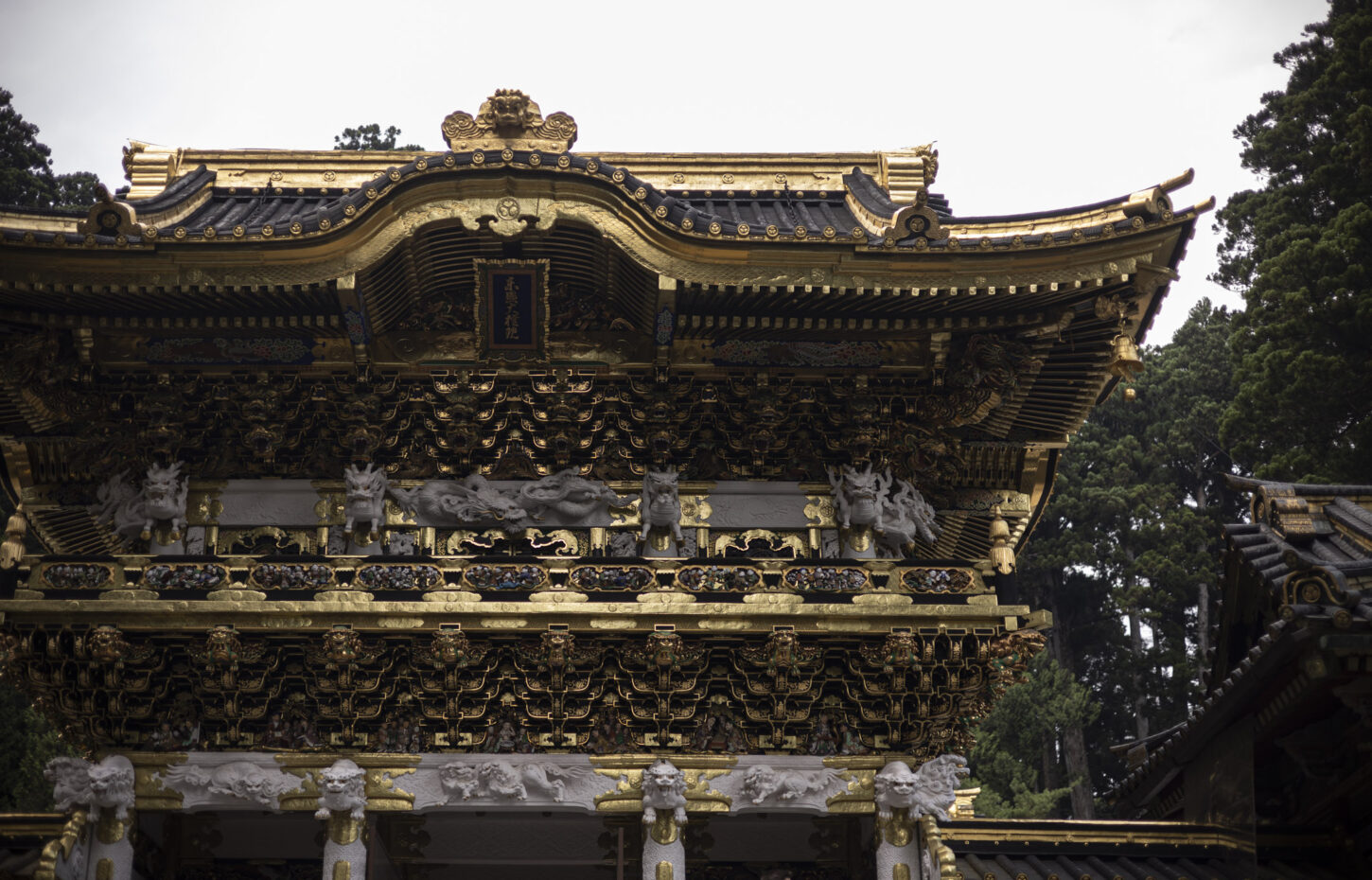
In the heart of Nikko, Japan, stands an astonishing portal to Japanese artistry,
culture, and spirituality: the Yomeimon Gate. Adorned with intricate carvings, vibrant
colors, and countless symbolic details, Yomeimon is an architectural masterpiece
that serves as the symbolic entrance to the sacred world of Nikko’s temples and
shrines.
Yomeimon Gate, also known as the “Sunset Gate,” stands as the primary entrance
to the Toshogu Shrine complex in Nikko, a UNESCO World Heritage Site. As
visitors pass through its ornate frame, they are transported into a world of tranquility
and reverence, where centuries of history, culture, and spirituality come together.
Exquisite Architectural Details
The first thing that captivates visitors is the sheer intricacy of the Yomeimon Gate’s
design. Every inch of the gate is adorned with detailed carvings and intricate
sculptures. From dragons and phoenixes to mythical creatures and historical
figures, the gate’s façade is a visual symphony of Japanese craftsmanship.
Yomeimon’s rich color palette is a sight to behold. The gate is resplendent with
deep reds, vivid blues, and striking gold leaf, which symbolize wealth, power, and
prestige. The ornamental details and color symbolism serve to convey the divine
and noble nature of the shrine.
The Guardian Figures
The gate is flanked by imposing guardian figures, including the famous “Niomon,”
which are two wooden statues representing Deva Kings. These fierce and majestic
guardians are believed to protect the shrine from evil spirits and malevolent forces.
Historical Significance
Yomeimon Gate’s history is deeply intertwined with the Tokugawa Shogunate.
Constructed during the early 17th century, the gate was dedicated to Tokugawa
Ieyasu, the founder of the Tokugawa Shogunate. His legacy and significance in
Japanese history are celebrated throughout the Toshogu Shrine complex.
Symbolic Details
Every carving, statue, and decorative element in Yomeimon Gate carries symbolic
significance. These symbols represent virtues, legends, and cultural ideals, offering
visitors an opportunity to explore the profound depth of Japanese culture and
spirituality.
Visitor Experience
Visitors to Yomeimon Gate can marvel at its beauty from various vantage points.
The meticulous restoration work ensures that the gate retains its original splendor
while withstanding the test of time. It serves as a perfect backdrop for photographs,
capturing the essence of Japan’s rich cultural heritage.
Yomeimon Gate is a cultural treasure that reflects the soul of Japan. Its intricate
details, vibrant colors, and symbolic richness offer a profound experience for
visitors seeking to immerse themselves in the country’s history and spirituality. As
you stand before the Yomeimon Gate you are stepping into a world where the past
comes alive, and the values and artistry of Japan are on full display. A visit to
Yomeimon Gate in Nikko is a journey through time, culture, and aesthetics that
leaves an indelible impression of Japan’s enduring beauty and heritage.


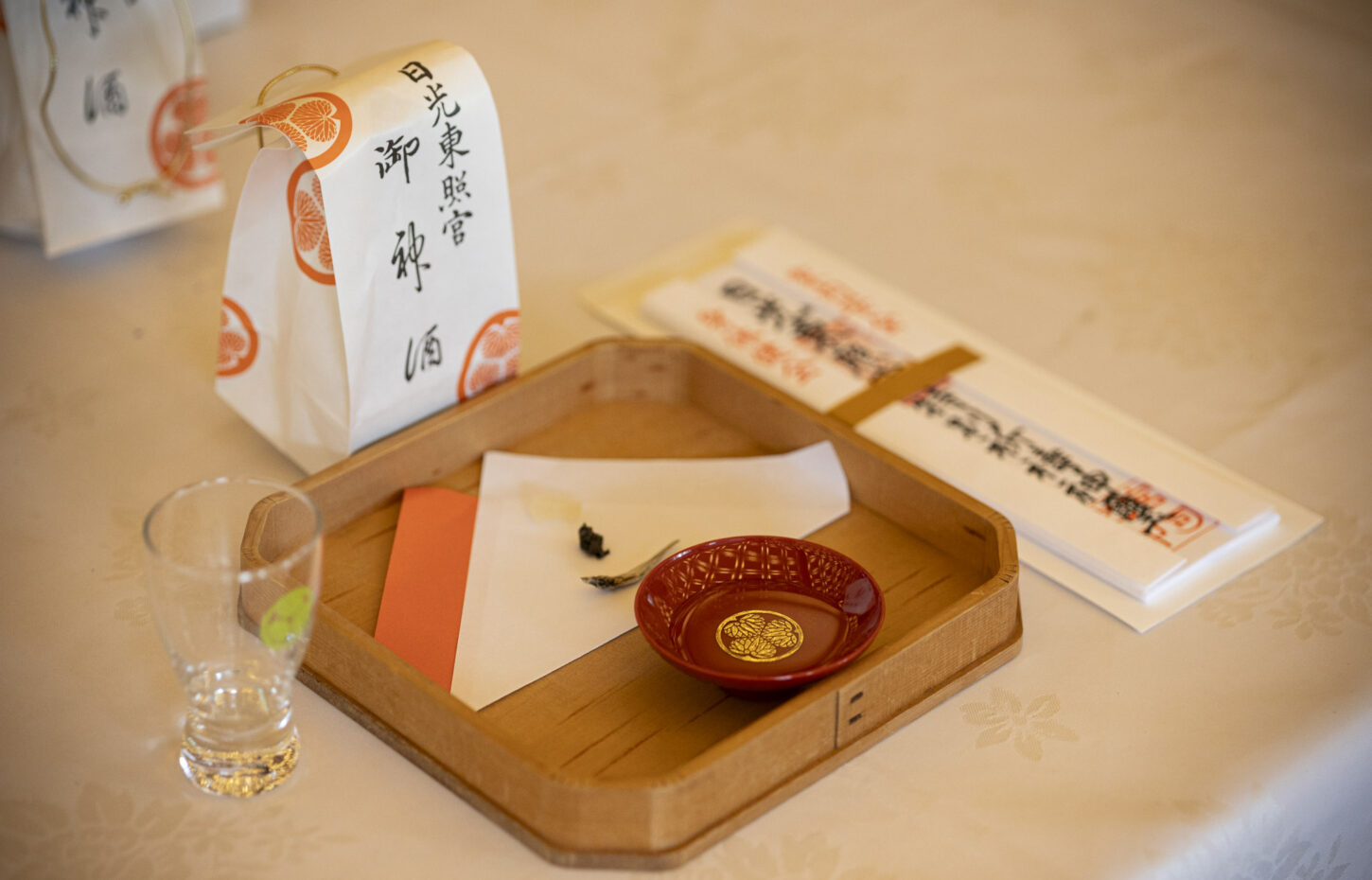

-1-1450x930.jpg)
